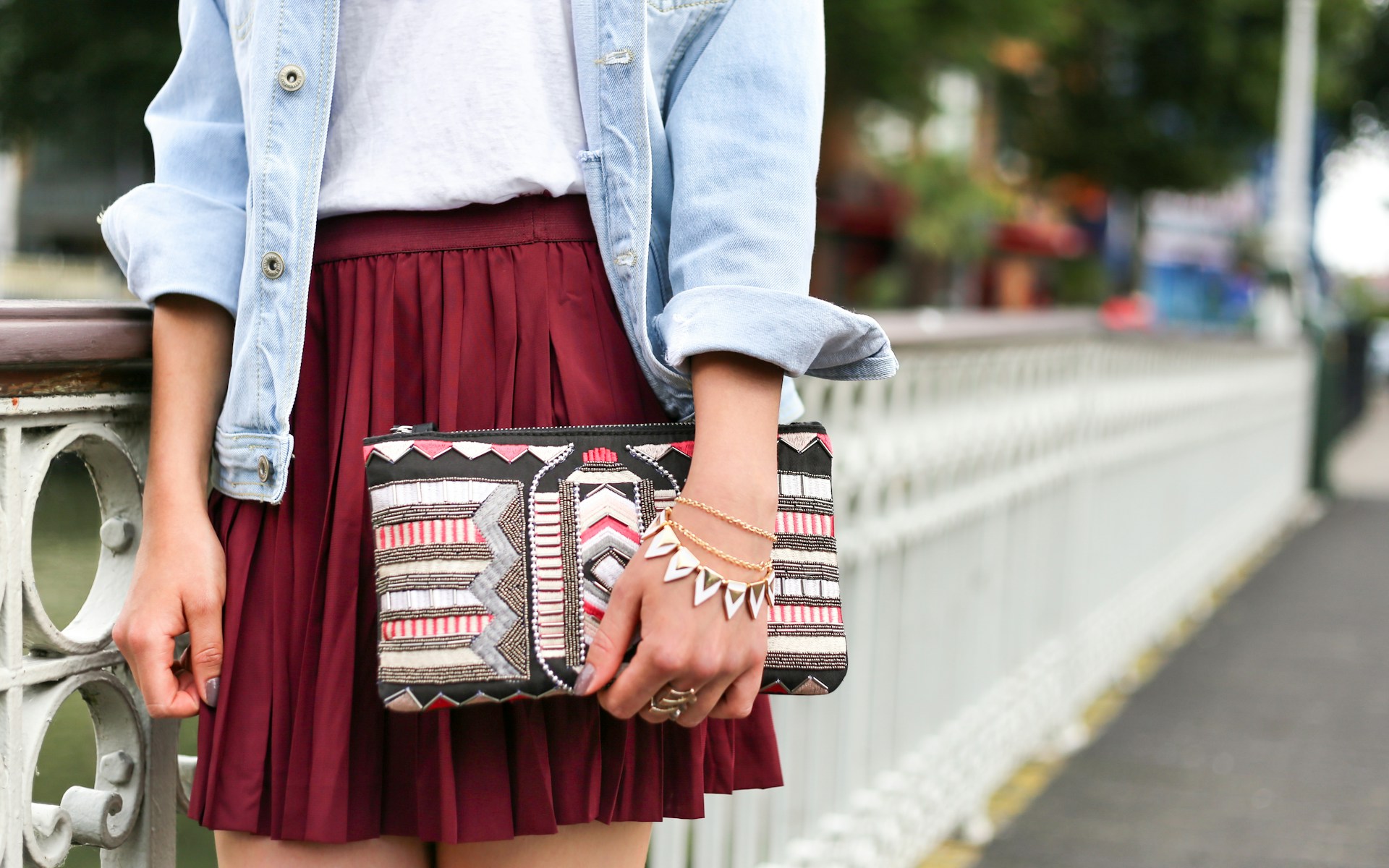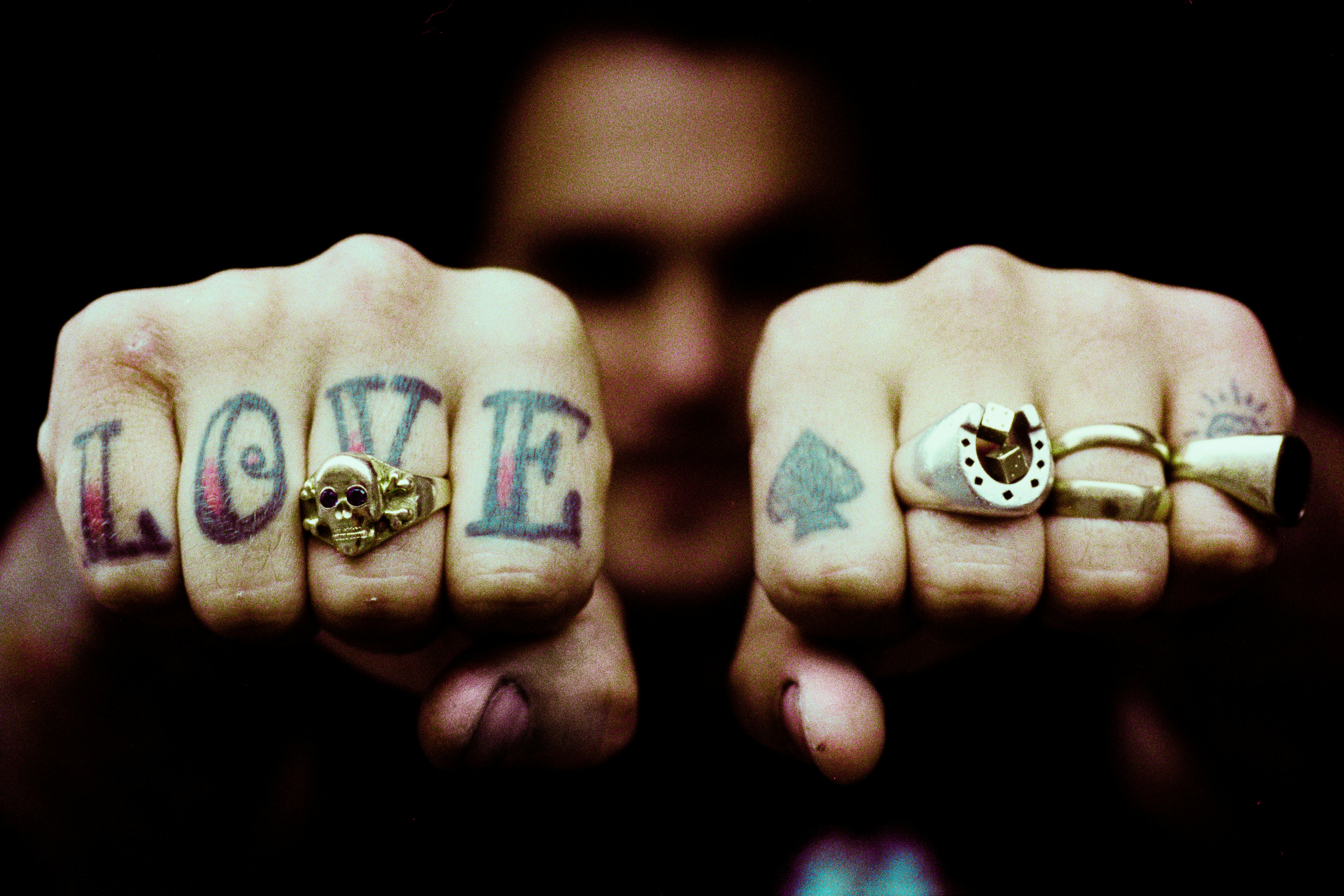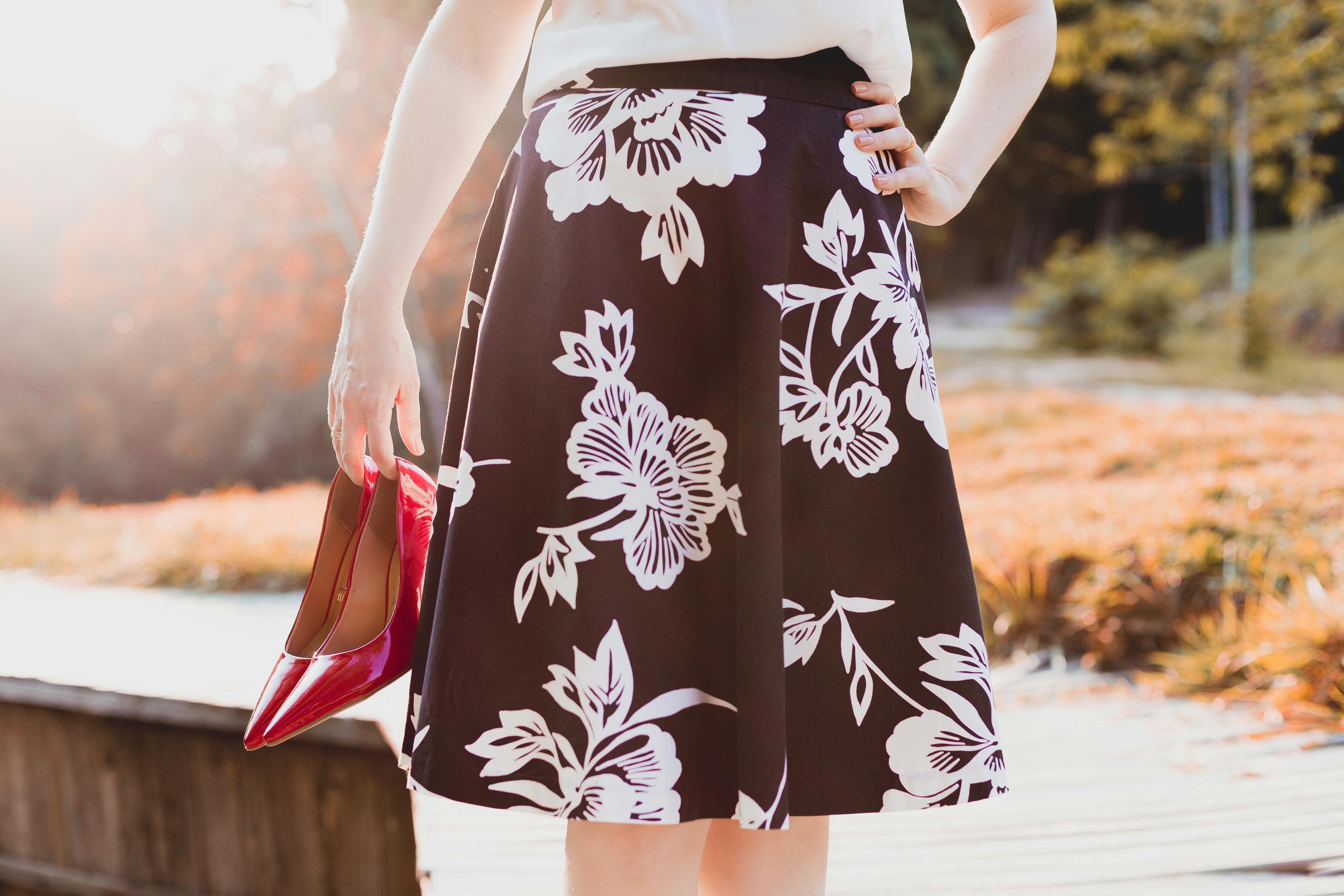"Revealing the Splendor of Asymmetrical Fashion: A Journey of Balance and Unbalance"
Introduction: Ever pondered why asymmetry, an element so irregular and imbalanced, has been embraced in the fashion world with such gusto? This article peels back the layers of asymmetrical fashion, a trend that has been defying norms and turning heads for years.

The Intriguing Roots of Asymmetry in Fashion
Asymmetrical fashion is not a novel concept. In fact, it has roots in ancient civilizations where irregularity and imbalance were celebrated as symbols of creativity and individuality. The Romans, for instance, incorporated asymmetry in their togas, while Japanese cultures appreciated the “wabi-sabi” aesthetics that find beauty in imperfection.
In the 20th century, asymmetry took a flight in the fashion world with designers such as Madeleine Vionnet and Coco Chanel introducing asymmetric cuts and patterns in their designs. From the 1920s flapper dresses to the 1980s one-shoulder tops, asymmetry became a tool for designers to challenge the conventional norms and make a bold statement.
A Modern Twist: Asymmetrical Fashion in the 21st Century
In the 21st century, asymmetrical fashion has evolved significantly. Today, it’s not just about imbalanced hemlines or one-shoulder tops. Designers are experimenting with asymmetrical necklines, sleeves, and even color blocks, creating pieces that are unique yet wearable.
The appeal of asymmetry in modern fashion lies in its ability to add a sense of intrigue and unpredictability to the outfit. An asymmetrical dress or top can break the monotony of an outfit, adding an element of ‘controlled chaos’ that is visually appealing.
The Influence and Evolution of Asymmetrical Fashion
Asymmetrical fashion has had a significant influence on consumer behavior and trends. It has encouraged individuals to embrace the ‘imperfect’ and ‘unbalanced’, promoting a fashion philosophy that celebrates uniqueness and individuality.
Moreover, asymmetrical fashion is evolving with the changing times. With the rise of gender-neutral fashion, asymmetrical designs have become a favorite among designers aiming to blur the lines between traditional ‘male’ and ‘female’ fashion codes.
The Asymmetry Trend: Expert Insights and Styling Tips
Research has shown that the human eye is naturally drawn to irregular patterns and shapes, which could explain the enduring appeal of asymmetrical fashion.
-
Styling an asymmetrical outfit often involves balancing out the ‘imbalance’. For example, if you’re wearing an asymmetrical top, pair it with a simple, straight-cut bottom to create a balanced look.
-
Statement accessories can enhance the appeal of an asymmetrical outfit. However, remember the rule of balance – if your outfit is already making a statement, keep your accessories minimalistic.
-
Asymmetrical dresses or tops with a high-low hemline can be a flattering choice for different body types, as they draw attention to the legs and create an illusion of height.
Embracing the Asymmetrical Aesthetic: A Fashion-forward Decision
In conclusion, asymmetrical fashion represents a break from the norm, a celebration of the irregular and the imbalanced. It’s a trend that has stood the test of time, constantly evolving to meet the changing fashion landscapes. From ancient civilizations to modern runways, asymmetrical fashion continues to influence trends and inspire designers, proving that sometimes, beauty does lie in the imperfections. In the world of fashion, it’s all about striking the right balance, even when it’s perfectly unbalanced.





